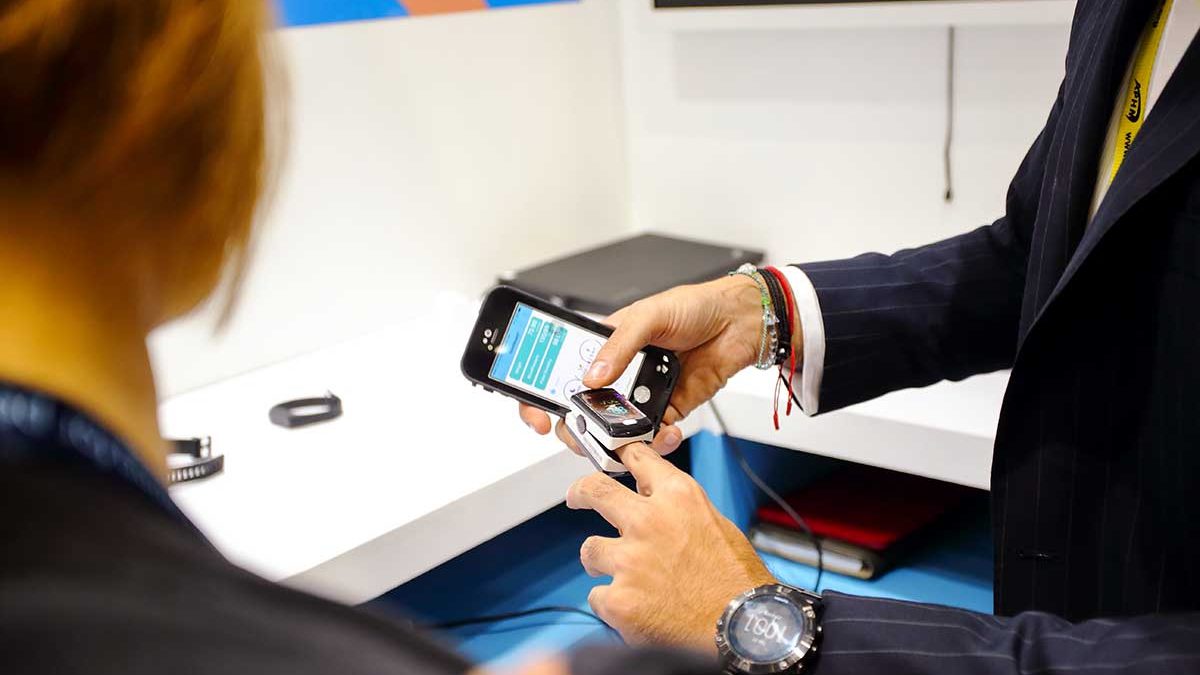The Connection Between Digital Health and Patient Satisfaction
As patients assume the role of a healthcare consumer, it becomes increasingly key for healthcare institutions to focus on the experience they offer to their patients. Providers and care coordinators are now leveraging digital technologies to connect patients with their care.
Digital health essentially means enabling patients to access their providers, data, and any other instrument through a digital channel, that is through the internet on a mobile device or similar. When these digital health innovations are utilized perfectly, they can become a critical factor in achieving patient satisfaction.
According to the Black Book market research, 40 percent of 650 healthcare consumers identified themselves as younger consumers. The survey revealed that digital customer experience is a high priority for patients.
93% of patients want to use digital tools to interact with their care providers, 85% want to access virtual care, 97% are positive about online scheduling, 92% want to use online payment tools, and 94% are eager about online price transparency solutions.
But, the gap between expectations and reality is not narrow. Despite customers demanding more centric and digital healthcare, there is still a lot that providers need to do to meet, let alone exceed their expectations.
Let’s explore how digital health initiatives can help healthcare organizations battle dropping patient loyalty and retention rates.
How digital health leads to patient satisfaction
Keeping patients away from the hospital
A recent study of 100 partakers of ages 40 or more found that nearly 64% of patients would prefer putting on a wearable health monitoring device if it meant reduced visits to the doctor or hospital.
Patients increasingly want to stay away from the hospital and yet receive high-quality care within the confines of their homes. As doctors look to reduce costly and avoidable hospital readmissions, which are mostly due to poor medication compliance, solutions are coming around to help patients access their therapy and treatment at home following hospitalizations after a disease or infection.
Parkland Hospital recently launched such a program called Outpatient Parenteral Antibiotic Therapy (OPAT). For OPAT patients, the 30-day readmission rates dropped by 47 percent compared to OPAT offered in the hospital. This meant 27,666 fewer inpatient days and $40 million in savings for the hospital. All of this, while serving patients with the information they need within their comfort zones.
Improving outcomes with remote health monitoring
According to Research and Markets, the remote health monitoring market will grow from $15.9 billion in 2017 to $31.3 billion in 2023. Remote monitoring solutions are not only getting results but also more sophisticated as time passes.
Several modern solutions are now built over wearable devices and smartphones and tablets to leverage sensors in those devices and stream biometric data, such as sleep quality, heart rate, balance, and so on.
Instead of expecting patients to track their own vitals and report that data to a physician through a platform, these solutions enable users to connect Bluetooth-enabled blood pressure cuffs, weight scales, and blood glucose monitors to transmit the data automatically to their clinicians.
Ochsner Health System used digital health initiatives for remote monitoring and saved $300,000 through improved patient outcomes, with patients reporting 12 percent better satisfaction rates.
Designing patient-facing services and solutions around core needs
In the U.S. alone, digital healthcare funding jumped $3 billion in only six months back in 2018. But good intentions don’t make all the difference. Several of those solutions failed in solving customer’s most pressing problems and never enhanced their experience.
Patient-facing solutions need to be designed with the patient in mind. Digital healthcare delivery needs to be intuitive and appealing to a patient. Often, solution developers leave out the patients through the concept design, development, testing, and production phases.
This often results in a product that negates the concept of patient-centricity. With the help of digital technologies, patient-facing services and solutions can be designed around their core needs, highly impacting patient satisfaction in the process. Say, patient portals requiring complex logins or apps requiring cumbersome data inputs from the patient do nothing to improve patient experience or satisfaction.
Convenient patient-provider interactions
Patient satisfaction highly depends on a patient’s relationship with their healthcare provider. Some experts suggest that digital health can completely replace personal physician-patient interaction. However, insights into consumer experience suggest that meeting customer needs is essentially about matching the communication channel with a customer’s preferences.
Digital healthcare can allow patients to interact with their providers through a telehealth system, over a mobile phone, via a patient portal, and so on. Anticipating the demand at the moment can be a challenge for digital technology developers. But, here’s an opportunity to meet patients where they are, every time, by creating an omnichannel experience.
By making the content in digital health solutions conversational and easy-to-comprehend, healthcare organizations can further enable better patient interaction with their solutions, facilitating high customer satisfaction rates.
Digital healthcare is the first step toward building a smart hospital. Digital initiatives such as these cater to customer needs by application of several leading technologies such as big data, analytics, artificial intelligence, machine learning, virtual reality, and more.
At HATI International, we support digital healthcare initiatives by enabling the supporting technologies for our customers all over the globe. Learn more about our services or talk to one of our digital health specialists today.




